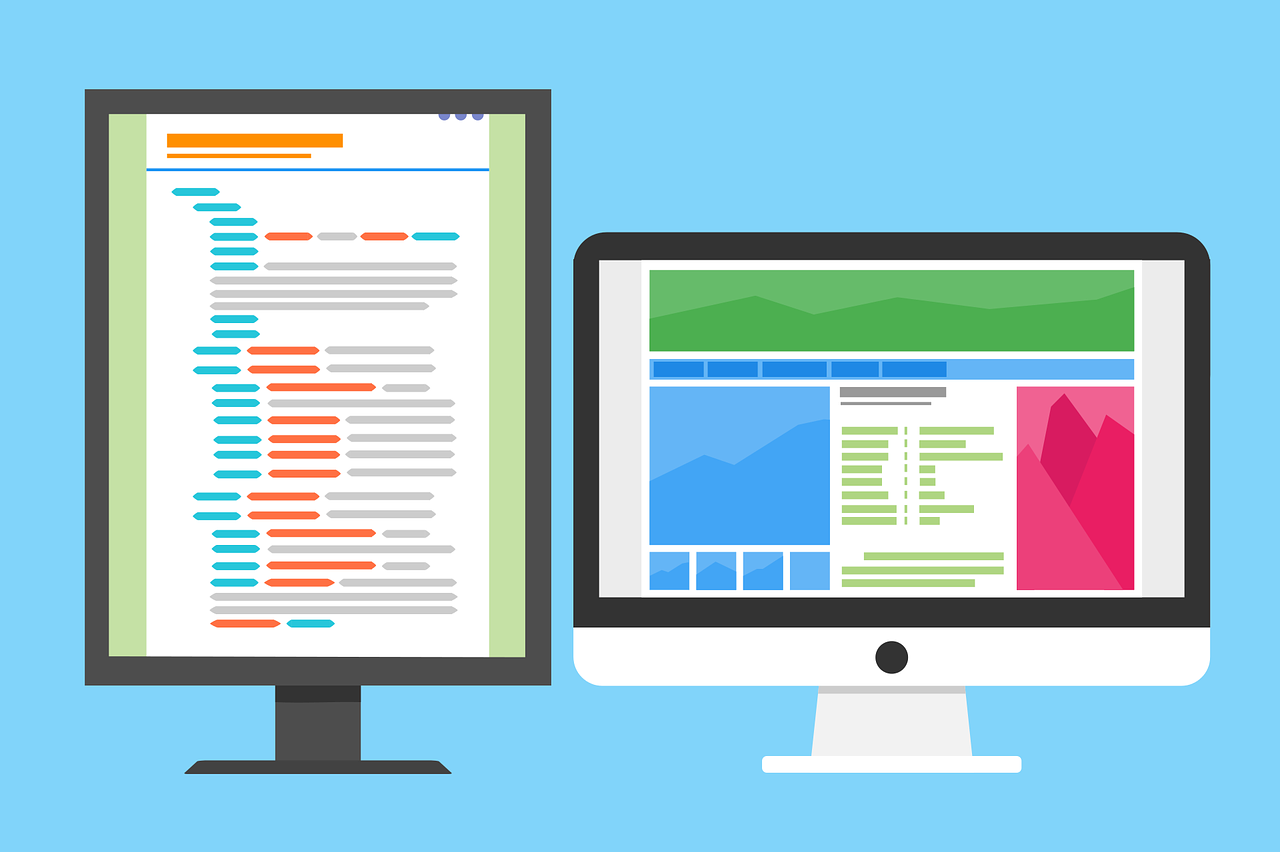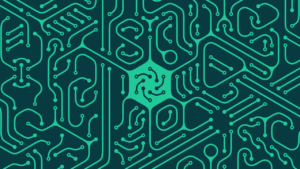In today’s digital era, organizations are constantly seeking ways to improve efficiency and accuracy in their administrative and accounting processes. Two key technologies that have gained relevance in this context are Artificial Intelligence (AI) and Optical Character Recognition (OCR). In this blog, we will explore the benefits of Artificial Intelligence compared to OCR and discover which option is best for your company. Let’s get started!
What is OCR and how does it work?
If you’re interested in process digitization, you’re likely familiar with the term OCR. Optical Character Recognition, commonly known as OCR, is a technology that allows the conversion of printed or written documents into digital text automatically. Its operation is based on algorithms designed to identify patterns and characters in images or scanned documents. This traditional approach has been valuable for document digitization and reducing human errors in manual transcription.
When it comes to process digitization, OCR is the most adopted solution by companies. However, in recent years, a solution with greater potential and utility has emerged: Artificial Intelligence.
The role of Artificial Intelligence in accounting and administration
While OCR has been an essential tool, Artificial Intelligence takes automation to a higher level. AI systems can not only recognize characters but also understand context and make decisions based on complex data. In the administrative realm, AI can analyze large datasets to predict trends and optimize processes. In the accounting department, AI can automate repetitive tasks such as document reconciliation and fraud detection.
Although OCR has been the more widely adopted solution by companies to date, the introduction of Artificial Intelligence tools is gaining acceptance among businesses.
Artificial Intelligence vs OCR in Administrative and Accounting Departments
To give you an idea, the functioning of OCR is similar to a radar license plate reader. It is a valuable tool for reading and digitizing documents but is incapable of learning, reading, or interpreting formats different from the ones it is programmed to read. This means you’ll need to create a reading template for each type of document you need to process.
However, Artificial Intelligence software allows you to fully automate document management, covering the same functionalities as OCR and enhancing them much more, thanks to its adaptability and learning capability.
Here, you can compare different functionalities of OCR and Artificial Intelligence software:
Traditional OCR
AI Software
Visual Pattern Recognition
✔ Recognizes basic visual patterns and converts images to text.
✔ Recognizes visual patterns and adapts to different font styles and document formats.
Contextual understanding
❌ Limited to character recognition, without contextual understanding.
✔ Understands the context of the document, extracting deeper meanings.
Adaptability to Unconventional Sources
❌ May face challenges with unconventional sources or complex formats.
✔ Is versatile and accurate in complex situations, adapting to various sources and formats.
Advanced Data Processing
❌ Limited to image-to-text conversion, without advanced processing.
✔ Goes beyond recognition, enabling advanced data processing and intelligent decision-making.
Continuous Learning Capability
❌ Lacks continuous learning capability. Relies on predefined rules.
✔ Can learn and adapt as it processes more data, improving accuracy over time.
Accurate Interpretation
❌ May lead to incorrect interpretations, especially in ambiguous language.
✔ Provides accurate interpretations due to contextual understanding.
Conclusion
The choice between traditional OCR and software with Artificial Intelligence depends on the specific goals of each organization. While OCR is excellent for basic digitization, Artificial Intelligence offers broader potential for intelligent decision-making and continuous improvement. The combination of both technologies can be the key to achieving maximum efficiency in administrative and accounting departments.
If you need assistance in choosing an option for your company, sign up and try the Basic Plan for free, or email us at sales@mydost.ai.
🔗 Links
Visit our website 👉 Website
Start now for free 👉 Try Dost
Contact with Sales 👉 Email / Ask for a DEMO
Visit the knowledge academy 👉 Dost Academy





